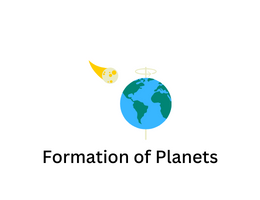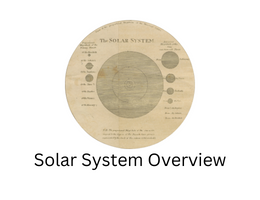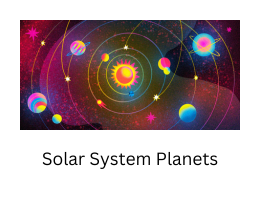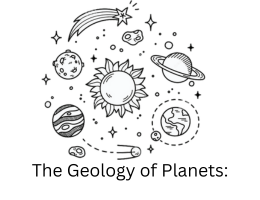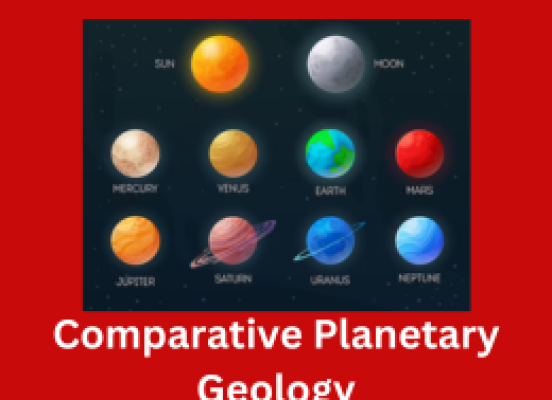
Comparative Planetary Geology: Exploring Geological Processes, Surface Features, and Interplanetary Variations
- By admin --
- Thursday, 13 Jul, 2023
Introduction:
Planetary geology examines the geological processes, surface features, and variations among different celestial bodies. By analyzing diverse planets within our solar system, we can gain valuable insights into the geological evolution of these worlds. This comparative study aims to explore the similarities and differences in geological processes and surface features on various planets, shedding light on the fascinating dynamics at work beyond Earth.
Mercury:
Mercury, the closest planet to the Sun, exhibits several unique geological characteristics. Its heavily cratered surface suggests a lack of tectonic activity. However, there are also signs of ancient volcanic activity, with large lava plains such as Caloris Basin. The extreme temperature variations on Mercury have caused contraction and expansion, leading to fault scarps and compression ridges.
Venus:
Venus, known for its thick atmosphere and extreme greenhouse effect, displays an intriguing geological landscape. Its surface is dominated by extensive volcanic features, including vast lava flows and shield volcanoes such as Maat Mons. Venus also showcases a network of rift valleys and coronae, likely resulting from mantle plumes and tectonic activity. Additionally, the presence of tesserae suggests past crustal deformation.
Earth:
Our planet, Earth, boasts a diverse range of geological processes and surface features. Plate tectonics, driven by the convective motion of the Earth's mantle, have shaped its continents and oceans. Volcanic activity occurs along plate boundaries, leading to the formation of volcanic arcs like the Pacific Ring of Fire. The Earth's surface is also sculpted by erosion, weathering, and the action of water, resulting in valleys, mountains, and various landforms.
Mars:
Mars, often referred to as the "Red Planet," showcases intriguing geological features. The planet exhibits evidence of past liquid water, with ancient riverbeds, deltas, and valley networks. Volcanic activity on Mars has resulted in the formation of colossal shield volcanoes like Olympus Mons, the largest volcano in the solar system. The presence of the Valles Marineris canyon system suggests tectonic activity and crustal stretching.
Jupiter's Moon, Io:
Io, one of Jupiter's moons, stands out due to its highly volcanic nature. Tidal forces exerted by Jupiter and its other moons create immense tidal heating within Io, resulting in extensive volcanic activity. These eruptions produce plumes that can reach hundreds of kilometers high. Io's surface is covered in sulfur compounds, giving it a vibrant and colorful appearance.
Saturn's Moon, Enceladus:
Enceladus, another moon in our solar system, exhibits unique geological processes. It possesses a subsurface ocean of liquid water, which erupts through fissures at the south pole, creating enormous geysers of water vapor and icy particles. These geysers indicate the presence of hydrothermal activity, making Enceladus a prime candidate for harboring microbial life.
Conclusion:
Comparative planetary geology offers a fascinating glimpse into the geological processes and surface features of various celestial bodies. From the heavily cratered Mercury to the volcanic landscapes of Venus and Io, and the diverse geological processes on Earth and Mars, each planet and moon holds its own geological story. By studying these worlds, we can deepen our understanding of the fundamental processes that shape planets and their potential for supporting life. Further exploration and analysis of these celestial bodies will undoubtedly reveal even more intriguing geological phenomena and unveil the mysteries of our vast universe.

